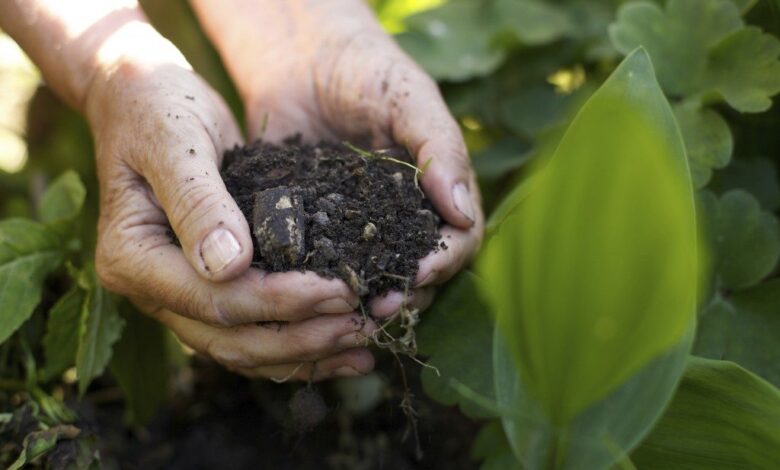
Invasive English Ivy
[ad_1]
As gardeners we are often looking for an easy to grow, low maintenance plant to cover an unsightly area. English ivy is great in some locations because it needs very little from us and will spread its greenery over almost anything, covering up the old with the new. But, this plant is also the devil incarnate in my opinion. I have never planted it because I know its wily ways. But that doesn’t mean I haven’t had to deal with this weedy bit of flora.
Climbing Plants
You can’t beat ground covers when you need an area of soil covered. Creeping plants are also excellent for covering up old fences, unsightly sheds, or any other item in the yard that needs some prettying. There is Vinca, which scrambles appealingly over rockeries and hillsides with an ease of care nature and pretty flowers. Many plants offer this screening opportunity. But one I would suggest you avoid is English ivy.
English ivy is sold as an ornamental plant in many parts of the world. It is a carefree plant that just needs a little tending when it is initially installed. But don’t take your eyes off this plant! In no time at all it will take over, and not in a good way. And if you get overwhelmed by the plant, good luck getting rid of this potential pest. Ivy will root readily with just a little piece in the soil. And it won’t just stay in the ground. This aggressive plant will hoist itself upward, ripping apart masonry, stone walls, and wood structures.
My first home came with an appealing fence. It was a wire form covered in English ivy. It provided necessary screening and looked rather nice in its natural form. But a couple of years later and the thing had to go. It had gotten so invasive I was pulling ivy from the lawn. The neighbor and I selected a battle plan for removing ivy to minimize our task. Killing ivy with herbicides was not the way either of us wanted to deal with the problem So we cut it way back and then started the very laborious process of pulling out all the left over roots. We dug way down and kept finding more of the stuff. I believe we worked at it for weeks. Then we built a wood fence. The noxious plant still would reoccur on occasion, but we both diligently pulled it out and discarded the ivy. The last time I drove by my old house, I saw that the fence was covered in the stuff and had been torn apart by the thick stems.
Ivy Gone Bad
In my hatred of ivy, there is rooted another story. I once took a job rehabilitating a garden for a new home owner. The back yard was a nightmare of English ivy. Since the homeowner did not have any problems with killing ivy through herbicide, this seemed the most expedient method. I found a product and applied it as recommended and waited a few weeks. When I next went back to the property, I thought I would be greeted by dead ivy plants. Nope. In the end, I had to manually remove the stuff and then solarize the soil with black plastic until the next season, at which point I could finally finish the landscaping. I certainly hope the ivy isn’t back, but I wouldn’t be surprised.
I love all plants except roses and ivy. We all have our stories of battles against nature, but ivy certainly serves as a cautionary tale. If I had any advice for a novice gardener, it would be, don’t plant English ivy. I don’t care if you want the charming look of ivy tumbling over a fence or clambering up a wall. Do Not Do It! Look for a more benign plant like Virginia creeper or Dutchman’s pipe, and you will have less headaches with a better result.
[ad_2]





